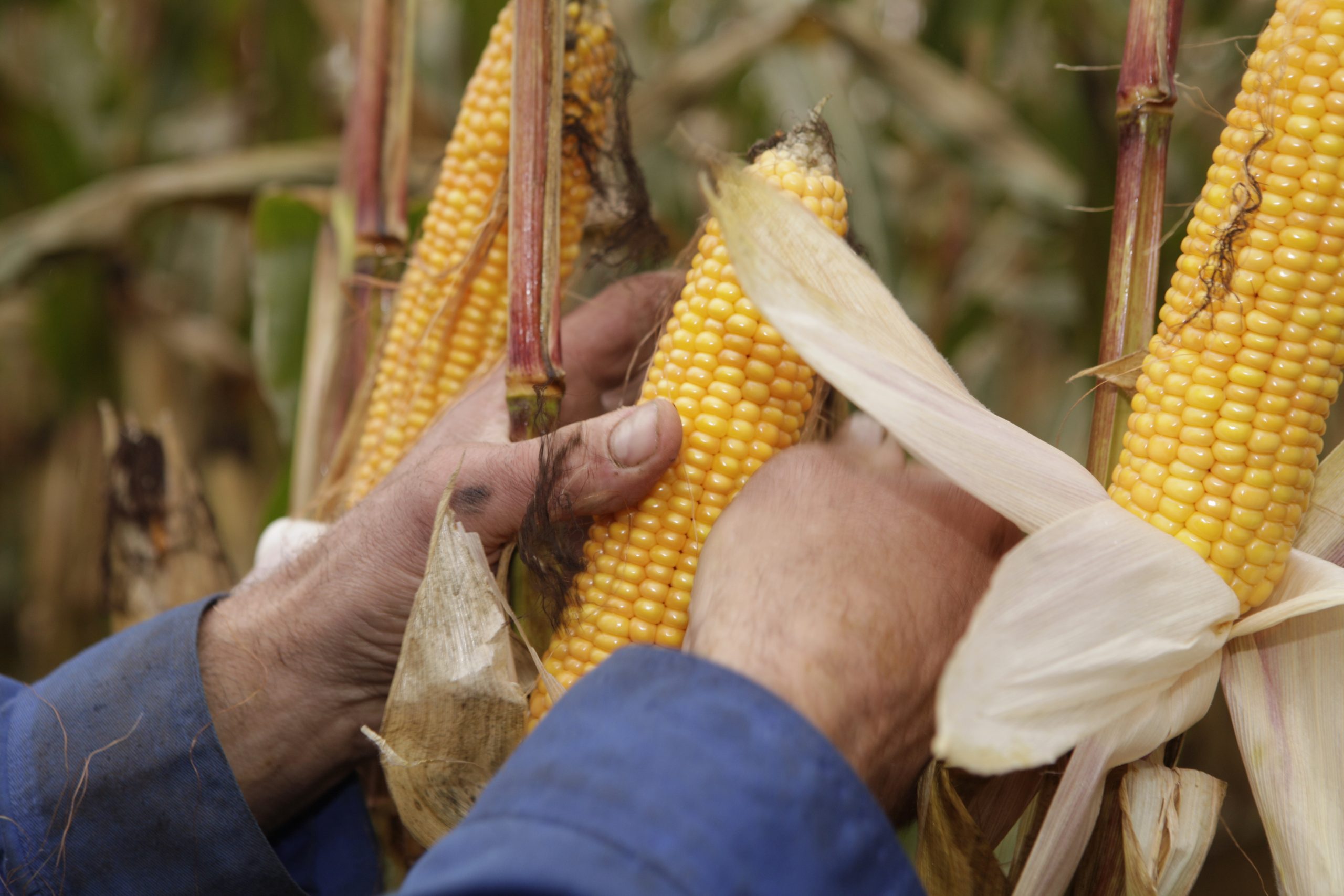Excellent quality for 2017 US corn harvest

An excellent growing season resulted in record yields and fewer mycotoxins for the 2017 corn crop, according to the US Grain Council’s (USGC’s) latest corn quality report.
The 2017/2018 Corn Harvest Quality Report is the 7th in the Council’s annual corn quality survey. The report revealed that the majority of 2017 corn crop conditions were rated as good or excellent during the growing season, leading to strong plant health, good kernel size and a projected record yield of 370.3 million metric tons (14.58 billion bushels), the 2nd-largest crop on record.
Quality of corn kernels
The report showed 95.1% of US corn samples tested rated at US grade No. 2 or better, largely the result of the extended planting period; a warm, wet vegetative period; a cool, dry and prolonged grain-filling period; and a warm, wet and slow harvest. Average test weight of 58.4 pounds per bushel (75.2 kg per hectoliter) was higher than the 5-year average and indicates good kernel filling and maturation. Average 100-kernel weight of 36.07 grams was higher than the previous 2 years, signifying larger kernels than in previous years.

Mycotoxins can have a huge effect on the health and productivity of livestock – check out this informative feature.
Presence of mycotoxins
A total of 180 samples were analysed for aflatoxins in 2017, compared to 177 and 185 samples tested for aflatoxins in 2016 and 2015, respectively. All but 2 samples, or 98.9%, of the 2017 corn samples, tested below the US Food and Drug Administration (FDA) action level for aflatoxin of 20 ppb.
A total of 180 samples were analysed collectively for DON in 2017, compared to 177 and 185 samples tested for DON in 2016 and 2015, respectively. In 2017, 100% of the corn samples tested below the 5 ppm FDA advisory level for deoxynivalenol (DON) (same as in 2016 and 2015). In addition, 90.0% of the samples tested below the US Department of Agriculture (USDA) Federal Grain Inspection Service (FGIS) “Lower Conformance Level,” a much higher proportion than in 2016. This increase may be attributed to favourable weather conditions that were less conducive to DON development in 2017 than in 2016.











